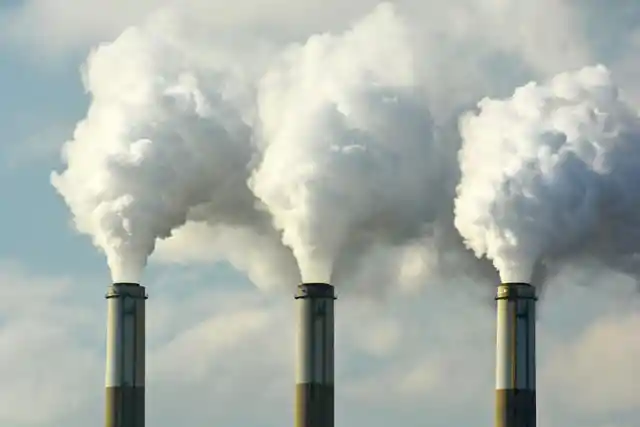For years, we’ve been all too aware of the damaging impact of carbon dioxide. With its production in so much of what we do, though, it’s like cutting out the sugar in your sugar-heavy diet. We’ve become so used to carbon monoxide being a by-product of what we do that most simply don’t care.


However, the time for caring is well and truly here. The environment is in a state, and scientists are working double-time to find a way to combat the damage that has been done already.
Well, for years, the fight against carbon monoxide has felt almost pointless. Now, though, the ‘Holy Grail’ of ideas might be coming to fruition. If we can learn to take carbon dioxide from the combustion of the fossil fuels we use, we could transform it.
We could actually turn that carbon dioxide into some useful hydrocarbons if we could run it through the right system. For years, though, it’s been seen as nothing more than a pie in the sky dream solution.
The Beginning of a New Victory?
While science knows the chemical route to making this so-known as hydro generation – it’s much harder to actually do. Today, we can do it, but it’s so expensive that it’s not even very helpful. It requires us to use expensive metals like platinum to build the catalysts that we need to do it.


So far, we can only build these in reactor vessels that can reach temperatures of around 1,100 degrees Fahrenheit. So, this has been a non-start for a long time now. Until, it appears, now.
Experts at the University of Southern California appear to have made a breakthrough. Working alongside the National Renewable Energy Lab, we might be about to see a truly unique innovation come to pass.
The breakthrough that has been made is that we can now make the nanocatalysts that we need to replace the expensive platinum. They would be made from molybdenum and can be made at lower temperatures at around 600 degrees and for around 10% of the present cost.
These catalysts could be made to be used without being consumed, allowing us to make the chemical reaction new need repeatedly. Experts reckon this would allow for far more control over the shape and the style of the product. It would even allow for different metals to be used.
With 16 millifluidic reactors built all working in parallel, this is a major step in the right direction to making it possible to turn that damaging carbon into something we can actually use.
It’s hoped that within a decade we could be using this to make tons of nanocatalysts and have them working overtime to help us overcome the damage being done by carbon monoxide. Teams have been experimenting with using wood and grass to turn it into a versatile fuel.
By putting them through a process that subjects the biomass to pyrolysis, this would leave us with charcoal plus the vapor needed for nano catalytic reaction.
The future, then, could be much brighter and thus less bleak if we can get tools like this to work in our favor. Whether or not we can do that in time, though, remains to be seen.